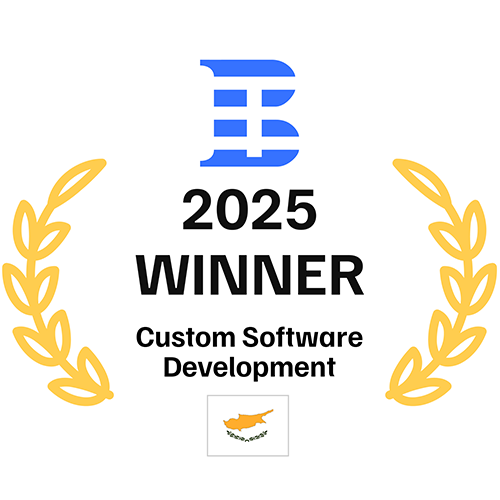Our team took a two-pronged approach to development, with one focus being the creation of the trainee interface, and the other – building the web platform for supervisors and admins that look over the trainees.
The primary interface for trainees features a 3D model of the engine unit, while the interactive options are presented all around it. Trainees can easily switch between a reading mode and a “hands-on” mode, where they can see animations of the unit operation.
Our team of 3D artists worked hard to create an accurate and lifelike representation of a real engine controller unit, and these efforts culminated in success. The unit is exactly like the real thing, down to the smallest screws and bolts.
Our team of developers also put in great effort to make sure that the training experience was consistent across different platforms (and devices). This included countless optimizations to performance and weeks of work on perfecting movement tracking. The web-based admin panel shows detailed information about trainees’ performance and interactions, as well as more in-depth analytic features.
This project involved a large team of multiple artists and designers, one project manager and subject matter expert, 2 Unity developers, and a QA engineer. The main programming language used was C#, with Visual Studio chosen for writing the code.
The 3D assets were created with Adobe Photoshop and 3DS Max, while the animation and interactive options were added with DoTween and Unity. The hands-on versions of the app were tailored for use on Hololens (MR) and Oculus (VR), while the web version was made accessible to most mainstream devices.










Tell us more about your business needs to help us serve you better. The more detailed information will allow us to route your inquiry to the most appropriate person in our team.
By sending this form you agree to our Privacy Policy. The information you provide will be added to our CRM system for further communication.








